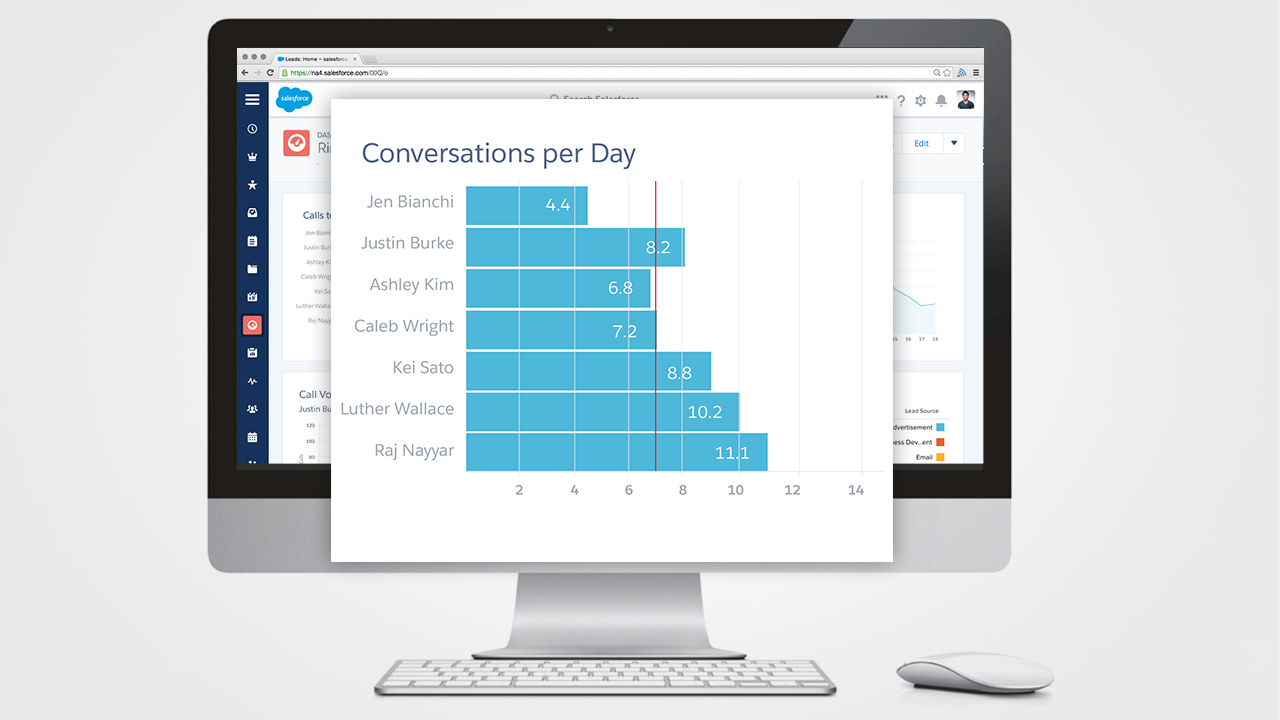
How to Measure & Influence Sales Success With Data-Driven Strategies
We’ve all probably heard Peter Drucker’s famous quote “If you can’t measure it you can’t improve it.” One of the biggest mistakes sales leaders make is not tracking enough metrics. The days of waiting to see who hits and misses their quota should be long gone by now. The reason why? There’s just not time to wait. In sales, it’s not only essential to measure success, but to intervene early and often when sales reps are falling short of goals. In our recent eBook 31 Expert Sales Hiring and Coaching Tips we asked several sales leaders the crucial question: what is the best way to measure and influence success?
Here are a few expert tips from our eBook.
Track Reps’ Career Progress
“The average tenure of today’s SDRs can be anywhere from 12-24 months. I’m always taking a look at what their growth path is. Everyone wants to be growing and progressing and helping themselves move forward in their careers. It’s really important for sales leaders to focus on that. Let’s say you have a 24-month tenure of a sales development rep. Break it up into four 4-6 month chunks. Like freshman, sophomore, junior and senior years. On the first half of reps’ tenure, they should really focus on mastering the craft of a sales development rep. While that latter half is going to really focus on becoming a sales rep that is responsible for closing business, carrying a quota, overseeing a territory and all the skills and competencies that go with that so you can help them reach career goals.”
 -Ralph Barsi
-Ralph Barsi
Senior Director, Global Demand Center, ServiceNow
Hone in On Efficiency Metrics
“If you are focused too much on the activities and not enough on the end results, then you have it backwards. As an example, let’s say I put a quota on an SDR of getting two new opportunities a day that are qualified and sales-accepted. One rep sends 10 emails and hits their quota. And then, if on the flip side, another rep hits quota but he has to send out 150 emails, I know it means that rep might have gotten lucky and found some folks, but you’ve also just burned a lot of bridges.”
 -Ben Sardella
-Ben Sardella
Co-Founder and CRO, Datanyze
Identify Where Deals are Getting Stuck
“In what stage are deals getting stuck most often? For example, try analyzing the number of scheduled meetings vs. meetings that have actually taken place. If there’s a large discrepancy, you might find that adding additional processes, such as meeting reminders, or being persistent in following up after no-show meetings, will realize dramatic improvements.
Also, look at sales-accepted opportunities. How many opps are over 50%? What is the time to close? What are the steps being taken to get deals over the line, and are best practices institutionalized?”

-Howard Brown
Founder and CEO, Revenue.io
